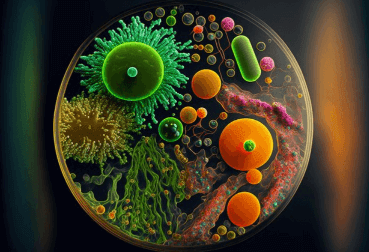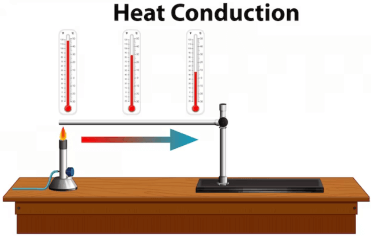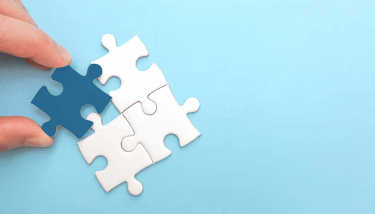Question
a.
AC̅
b.
BC̅
c.
C̅
d.
none
Posted under Electronics and Communication Engineering
Interact with the Community - Share Your Thoughts
Uncertain About the Answer? Seek Clarification Here.
Understand the Explanation? Include it Here.
Q. The Boolean expression Y = (A + B̅ + A̅B) C̅ then Y will be equal to
Similar Questions
Explore Relevant Multiple Choice Questions (MCQs)
Q. In 8085 microprocessor, how many lines are there in address bus?
View solution
Q. A TTL circuit with totem pole output has
View solution
Q. The main drawbacks of EEPROM are
View solution
Q. How many JK flip-flops are needed to make a 4-bit shift register?
View solution
Q. A 10 MHz square wave clocks 5 bit ripple counter. The frequency of the 3rd FF output is
View solution
Q. The radix of a hexadecimal system is
View solution
Q. In 8085 microprocessor, what is the memory word addressing capability?
View solution
Q. Gray code is used in devices which convert analog quantities to digital signal because it is
View solution
Q. A transistor is operated as non-saturated switch to eliminate
View solution
Q. Which has the lowest propagation delay time?
View solution
Q. Programmable logic array uses
View solution
Q. The total number of fundamental products of three variables is
View solution
Q. As per Boolean algebra, inputs can be interchanged in
View solution
Q. Medium scale integration refers to ICs with
View solution
Q. The decimal equivalent of the hexadecimal number (3 E 8)₁₆ is
View solution
Q. Four memory chips of 16 x 4 size have their address buses connected together. This system will be of size
View solution
Q. Full adder circuit can be implemented by
View solution
Q. (FE35)₁₆ XOR (CB15)₁₆ is equal to
View solution
Q. If 4 in binary system is 100 then 8 will be
View solution
Q. The ALU carrier out arithmetic and logic operations (OR AND, NOT, etc.) it processes
View solution
Recommended Subjects
Are you eager to expand your knowledge beyond Electronics and Communication Engineering? We've handpicked a range of related categories that you might find intriguing.
Click on the categories below to discover a wealth of MCQs and enrich your understanding of various subjects. Happy exploring!








